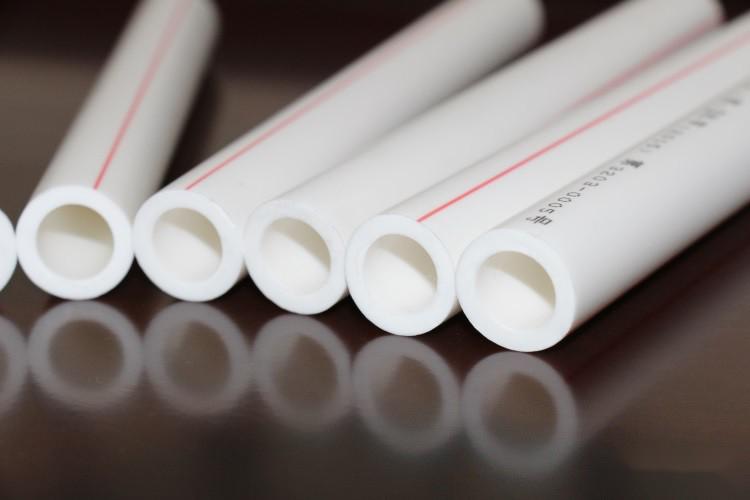PPR pipes, also known as random copolymer polypropylene pipes, are made from random copolymer polypropylene through extrusion into pipes and injection molding into fittings. They are a new type of plastic piping product developed and applied in Europe in the early 1990s. PPR is a new generation of pipeline material produced by using gas-phase copolymerization technology to randomly and uniformly polymerize about 5% PE into the molecular chains of PP (random copolymerization) at the end of the 1980s. It has good impact resistance and long-term creep performance.
1. Good flexibility: PPR pipes and fittings are not easily deformed under pressure. Even if they deform, they do not crack, significantly reducing the amount of joints used.
PPR pipes are widely used in industrial and residential buildings for domestic, sanitary drinking water, and hot water heating. PPR pipes are divided into two types: cold water pipes and hot water pipes. Cold water pipes have thinner walls, while hot water pipes have thicker walls, which results in much better performance in terms of fracture resistance for hot water pipes. Additionally, hot water pipes are generally more expensive than cold water pipes. Many manufacturers do not differentiate between cold and hot water pipes during construction for safety reasons, increasing the safety factor.

PPR pipe
1. Good flexibility: PPR pipes and fittings are not easily deformed under pressure. Even if they deform, they do not crack, significantly reducing the amount of joints used.
2. Corrosion-resistant and waterproof: PPR pipes and fittings have chemical properties that can resist the erosion of chemical elements in water, while the smooth inner surface can prevent the formation of water domains.
3. High temperature and high pressure resistant: PPR pipes and fittings can withstand a water pressure of 45 kilograms/square centimeter at room temperature, with a deformation-free temperature of 112 degrees Celsius.
4. Long lifespan: PPR pipes and fittings are highly resistant to aging, with a normal working lifespan reaching over 50 years.
5. Easy and fast installation: The flexibility of PPR pipes and fittings makes installation very quick and easy to connect (using a hot melt machine for socket connections).
6. Economical: Due to the simplicity of construction, there are no conflicts and impacts with other projects, shortening the construction period. The construction cost is 60% lower than that of copper pipes, providing excellent economic benefits.













